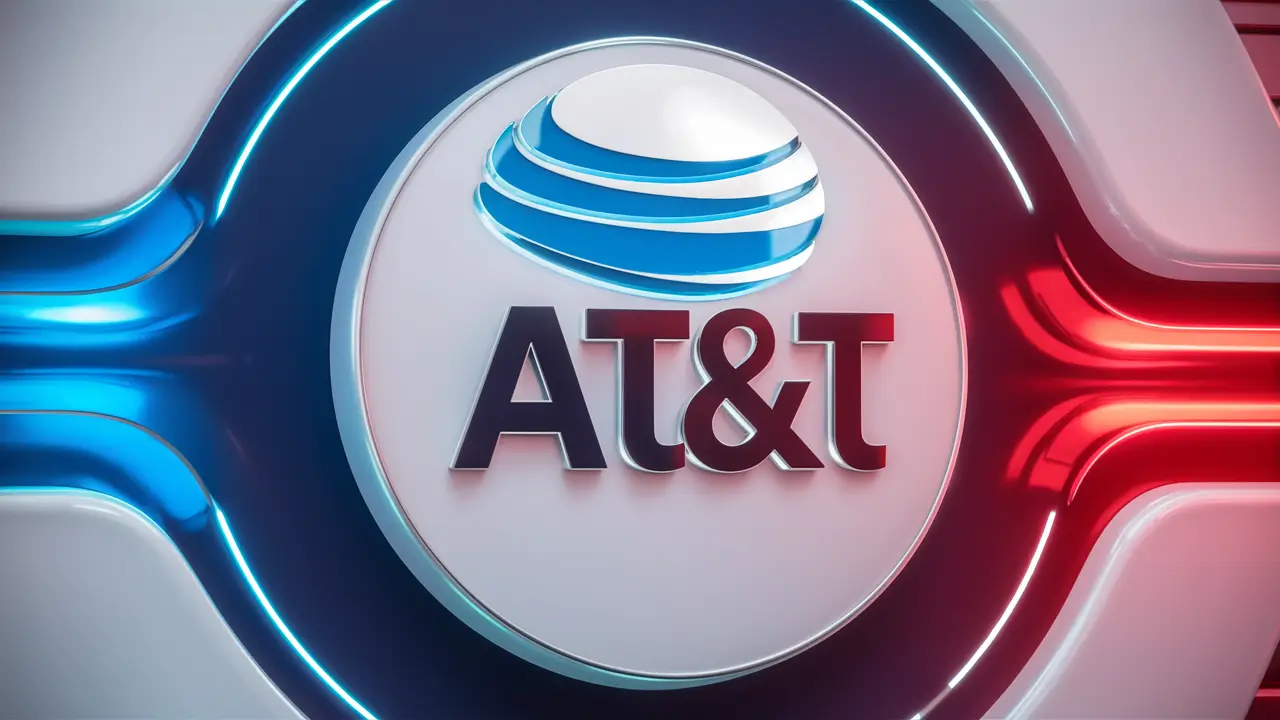Why is my AT&T signal so bad?

Below are several possible causes of low signal strength or poor signal quality on an AT&T phone or device. Here are some of the most common causes and potential solutions to improve your AT&T signal.
This term refers to the possible overcrowding of a certain region in a network
AT&T Internet has incurred several capital expenditures to expand and enhance its network coverage and technology. However, there will always be zones that have less available bandwidth in terms of supply. If you reside in a bustling area, for instance, a business district or a stadium, then there could be several extremely busy users all competing for the available bandwidth. In some situations, this congestion can reduce the signal and the speeds for the individual users that access it. In such situations, simply increasing device or plan capabilities will not help solve signal strength. No, the only thing that would assist is moving to an area with fewer users or avoiding using the device for data during this peak period.
Obstructions Blocking Signal
Some types of building construction, terrain features, trees, and other physical barriers can interfere with or weaken the wireless signals between AT&T transmitters and your mobile device antenna. If you are in the United States, make sure that there are no large constructions of concrete or metal around you, heavily wooded areas, mountains or hills on your side, or even weather conditions such as snow or storms that are between you and the nearest AT&T signal. Sometimes, you can fix this hindrance by positioning your device nearer to the window in the direction of the nearest tower or taking your device outside.
Hardware or Software Malfunctioning of the Device
Your exact cellphone, hotspot, or other mobile device hardware may also be poorly receiving or processing the available AT&T signal. Older devices that are three or more years old may have relatively weaker wireless antennas or signal processing capabilities than newer model devices. There may also be device software issues that would result in some variation or failure in the receipt of signals or traffic management. It is also crucial to update the device operating system, drivers, and all the apps to the most recent versions available. Finally, the only permanent way to enhance the wireless signal is by getting a newer generation AT&T mobile device.
This device does not work well with the carrier technology.
Certain devices given by the users have never been created or even adequately evaluated in terms of how they would work in the AT&T network environment optimally. The wireless radios in these devices are unable to properly connect to the key 4G/5G frequency bands adopted by AT&T . If one brings such an incompatible or non-optimized device onto AT&T, the signal performance will always be very poor irrespective of the areas or proximity to a tower. The only choice is for the device manufacturer to push out a major release to support AT&T bands or buy a new device. It is also important to ensure that any new mobile device being bought meets the necessary ATT certification standard and is equipped with the necessary technologies and frequency.
Poor Local Tower Infrastructure
More rarely, it is within the AT&T network in areas you often go that the problem lies. Possible issues include: some towers may not be saturated or all towers may not be included; maintenance may be taking place on some towers; handoffs between towers are not always possible due to backhaul problems; not enough towers are set up to accommodate increased subscriber volume; or some of the towers and transceivers are quite old. In most cases, the AT&T network teams are likely to be doing their best to address and rectify any problems that may be associated with poor performance or inadequate coverage of some of the networks and systems in these instances. Just picking up the phone and calling AT&T support to report any location that has poor signal issues and get them bumped up can encourage further investigation of the problem and possible tower improvements.
Getting Trapped in Congested Low Band Frequencies
The amount of available wireless spectrum determines how many distinct frequency bands are available for use by carriers such as AT&T to deliver service. The 700MHz band for instance provides better range and penetration through the buildings at the cost of coverage capacity and faster throughput speed. Mid-bands such as AWS spectrum in the range of 1700-2100 MHz are more or less balanced while the higher mmWave bands above 24 GHz offer incredibly fast data rates but with very limited coverage. The ideal scenario for your device is to distill signal from any available band in the low, mid, and high spectrum in that location for optimum performance.
In some cases though your device's wireless radio may become narrowly ‘stuck’ on a lower band that is congested and hence will not give the user a good experience. Flipping the Airplane mode On and Off requires the device radio to actively scan and consider all the bands that are being transmitted from the closest cell sites. At times this is sufficient to overcome the ‘stickiness’ choose a less crowded band combination and regain the best possible signal connections.
Enable or disable the Carrier SIM Profile on eSIM Devices
Similarly, AT&T is very actively migrating many of its subscriber plans to the eSIM generation instead of the physical piece of plastic known as SIM cards. An eSIM is burrowed deep into a device and means that one’s wireless service can be completely reconfigured through software updates. However, an eSIM also comes with one download restriction in that it depends on the device downloading a prescribed SIM “profile” that is, a profile that is prescribed to the eSIM at the time of activation by AT&T and what bands get to be accessed by your device radio.
At times, the default SIM profile has a set of bands that are incompatible with the current environment thus resulting in poor signal. This bad profile might remain in force even if you switch from one device to another using the same eSIM through number porting. You may call AT&T technical support to have your eSIM cleared and reprogrammed with the right SIM profile that opens up other locked bands and towers for better signals in your places. Just be prepared to invest most of your time in running different profile configurations with the technicians.
In conclusion, the situations that may affect the signal strength, speed, and reliability of your AT&T mobile device are numerous. By consciously excluding possibilities such as users’ device constraints, disturbance from the environment, traffic complications, poor local network, and compatibility issues, a clear cause will be arrived at. To eliminate outstanding issues by equipment changes or network escalation requests, is critical, to address severe signal problems affecting AT&T customers. Officially reporting signal problems of affected areas through genuine AT&T customer care services also provides network awareness of the general areas that require tower upgrades for the benefit of all AT&T users in the region over time.
Upgrade to faster, more reliable AT&T Fiber Internet today! Call us at +1 844-905-5002 and get connected with speeds that keep you ahead.





